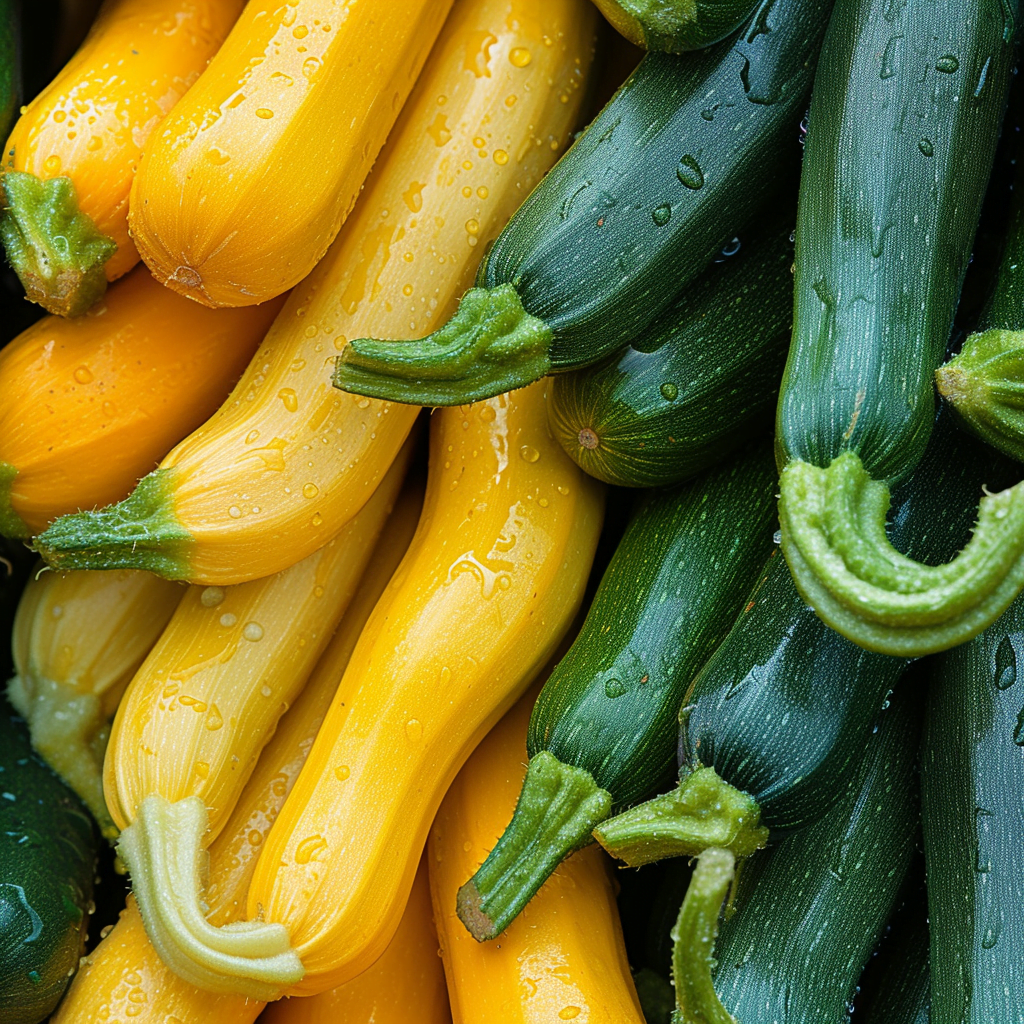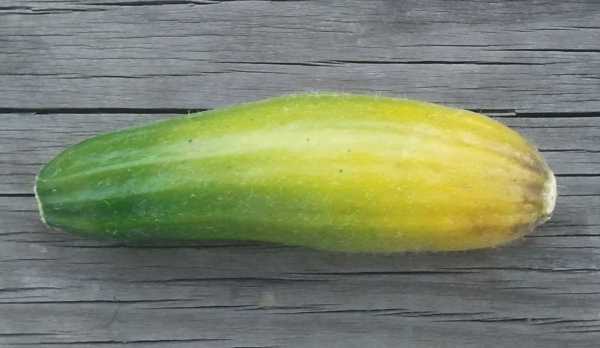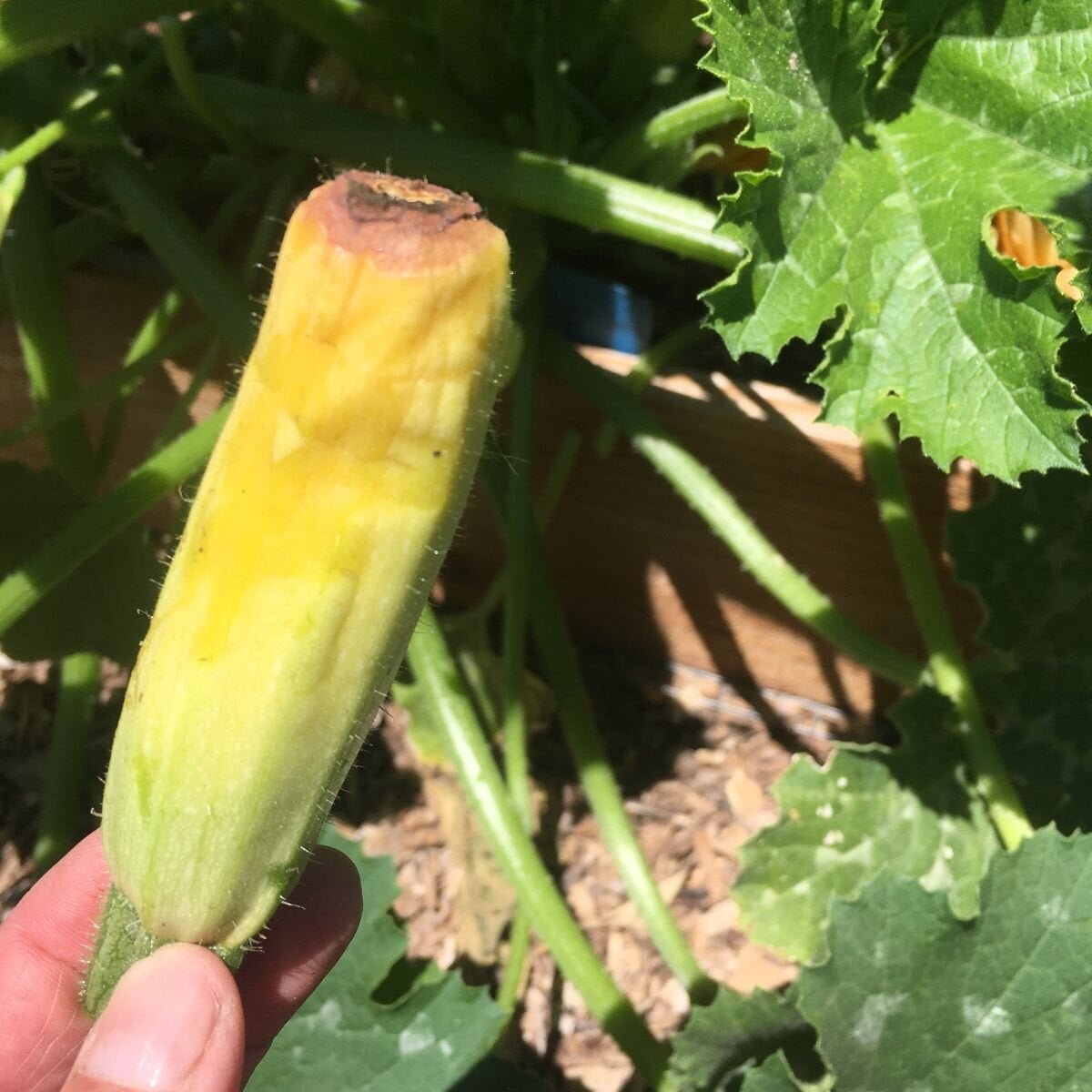In this article, we’ll uncover the mystery behind why zucchini turns yellow and eventually starts to rot. We’ll explore the fascinating process that takes place within these vibrant green vegetables, shedding light on the factors that trigger this transformation. Whether you’re a seasoned gardener or just have a curiosity about the natural world, join us as we unravel the reasons to why do zucchini turn yellow and rot.
Effects of Environmental Factors on Zucchini
Temperature
Temperature plays a crucial role in the growth and development of zucchini plants. Extreme temperatures, both hot and cold, can have detrimental effects on the plants.
If temperatures become too high, above 90°F (32°C), zucchini plants may experience heat stress. This can lead to wilting, reduced flowering, and poor fruit set. The high temperatures can also cause the blossoms to drop prematurely, resulting in a lower yield.
On the other hand, if temperatures drop below 50°F (10°C), it can hinder the growth of zucchini plants. Cold temperatures can slow down photosynthesis and nutrient uptake, leading to stunted growth and poor fruit development. Frost can even kill the plants altogether.
To ensure optimal growth, it is important to monitor the temperature conditions and provide necessary protection, such as shade cloth during hot spells and covering the plants during cold snaps.
Humidity
Humidity levels also have an impact on zucchini plants. Zucchinis thrive in moderate humidity, around 60-70%. High humidity, especially when combined with poor air circulation, can create a conducive environment for diseases to develop.
When the air is too humid, fungal diseases such as powdery mildew can become a common issue for zucchini plants. Powdery mildew appears as a white to grayish powdery coating on the leaves and stems, eventually leading to stunted growth and reduced yield.
To prevent excessive humidity, it is important to maintain proper spacing between plants to allow adequate airflow. Regularly inspecting the plants for signs of fungal infections and promptly treating them with organic fungicides can also help mitigate the impact of high humidity on zucchini plants.
Sunlight Exposure
Zucchini plants require plenty of sunlight to thrive and produce an abundant harvest. They generally need at least 6-8 hours of direct sunlight each day.
Insufficient sunlight can result in weak plants with poor fruit development. The plants may also become more susceptible to diseases and pests due to the lack of sufficient energy from the sun.
If your zucchini plants are not receiving adequate sunlight due to nearby trees or structures, consider relocating them to a sunnier spot in your garden. Alternatively, you can also try using reflective mulch or mirrors to maximize the amount of sunlight reaching the plants.

Pests and Diseases that Affect Zucchini
Squash Vine Borer
The squash vine borer is a common pest that affects zucchini plants and other squash varieties. Adult squash vine borers lay eggs on the stems of the plants, and when the larvae hatch, they bore into the stem, causing significant damage.
As the larvae tunnel through the stem, they disrupt the flow of water and nutrients, leading to wilting and eventually plant death. The presence of small holes in the stems and sawdust-like frass are indicative of a squash vine borer infestation.
To prevent squash vine borers, it is recommended to use floating row covers to physically block the adult moths from laying eggs on the plants during the early growing stages. Regularly inspecting the plants for signs of borers and promptly removing and destroying affected stems can also help control the population.
Powdery Mildew
Powdery mildew is a fungal disease that affects zucchini plants, causing a white powdery coating on the leaves and stems. It thrives in warm and humid conditions, making it a common issue during the late summer months.
The presence of powdery mildew can hinder photosynthesis and stunt the growth of zucchini plants. It can also lead to the premature dropping of leaves and reduced fruit production.
To prevent powdery mildew, it is crucial to provide proper air circulation by spacing out the plants adequately. Additionally, regular monitoring and early treatment with organic fungicides or homemade remedies, such as a baking soda spray, can help manage and prevent the spread of powdery mildew.
Blossom End Rot
Blossom end rot is a physiological disorder that affects zucchini plants, causing the fruits to develop dark, sunken spots near the blossom end. This condition occurs due to a calcium deficiency or the inability of the plant to take up sufficient amounts of calcium.
Uneven watering, fluctuations in soil moisture, and inconsistent nutrient availability can all contribute to the development of blossom end rot. It is important to note that it is not caused by a pathogen but rather a complex interplay of environmental factors.
To prevent blossom end rot, it is crucial to maintain consistent moisture levels in the soil. Regularly watering the plants, especially during periods of dry weather, can help ensure sufficient calcium uptake. Adding organic matter and compost to the soil can also improve its water-holding capacity and nutrient availability, reducing the risk of blossom end rot.
Improper Cultivation Practices
Overwatering
Overwatering is a common mistake many gardeners make when growing zucchini plants. While zucchinis require regular watering, excessive moisture can lead to root rot and other fungal diseases.
When the soil is waterlogged, the roots struggle to access oxygen, leading to poor root health. This can result in stunted growth, yellowing leaves, and even plant death.
To avoid overwatering, it is important to monitor the moisture levels in the soil. Before watering, check the moisture content by sticking your finger about an inch into the soil. If it feels moist, hold off on watering for a bit longer. Providing proper drainage by amending the soil with organic matter can also help prevent waterlogging.
Poor Soil Drainage
Poor soil drainage is another cultivation practice that can negatively impact zucchini plants. When the soil retains water for an extended period, it can lead to root rot and other fungal diseases.
To determine if your soil has drainage issues, observe how it absorbs water after rainfall or irrigation. If puddles form and the water takes a long time to dissipate, it indicates poor drainage.
Improving soil drainage can be achieved by incorporating organic matter, such as compost or well-rotted manure, into the soil. Raised beds or mounds can also help improve drainage. If drainage issues persist, consider using containers or raised beds filled with well-draining soil mix specifically designed for vegetable gardening.

Harvesting and Storage Mistakes
Delayed Harvesting
Harvesting zucchini at the right time is crucial for optimal flavor and texture. If left on the plant for too long, zucchinis can become overripe, resulting in a yellow color and a soft, mushy texture.
When zucchinis are overripe, they lose their sweet, crisp taste and become less desirable for culinary purposes. Additionally, leaving overripe zucchinis on the plant can redirect the plant’s energy away from producing new fruits.
To determine if a zucchini is ready for harvest, check its size and color. Zucchinis are typically harvested when they are 6-8 inches long and still have a vibrant green color. Using a sharp knife or garden shears, cut the zucchini from the plant, making sure to leave a small stem attached.
Improper Storage Conditions
Proper storage of harvested zucchinis is essential to maximize their shelf life and maintain their quality. If stored incorrectly, zucchinis can quickly deteriorate, becoming soft and mushy or developing mold.
To store zucchinis, it is important to keep them in a cool, dry place with good air circulation. Avoid storing them in the refrigerator, as the cold temperature can cause chilling injuries. Instead, place the zucchinis in a well-ventilated area, such as a pantry or a cool basement.
Additionally, it is best to store zucchinis separately from fruits and vegetables that emit ethylene gas, such as tomatoes and apples. Ethylene gas can accelerate the ripening process and cause zucchinis to spoil faster.
By understanding and addressing the various factors that can affect zucchini’s growth and health, gardeners can ensure a successful and abundant harvest. From maintaining optimal environmental conditions to preventing pests and diseases, implementing proper cultivation practices, and practicing appropriate harvesting and storage techniques, you can enjoy the delights of homegrown zucchinis all summer long.



